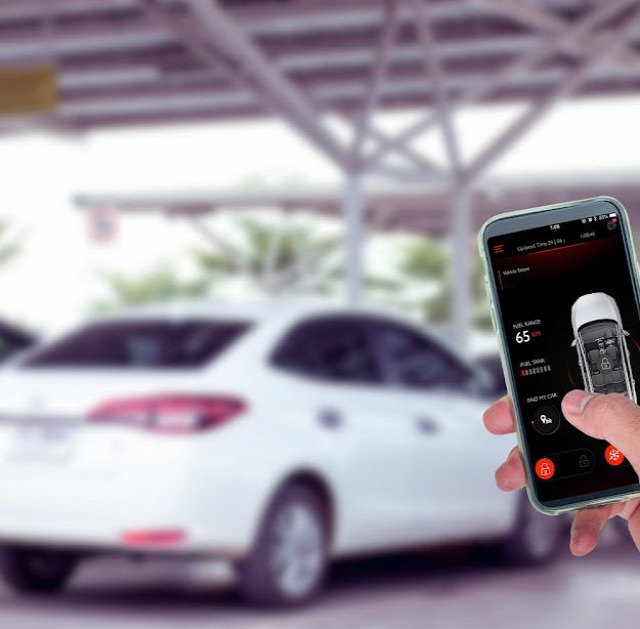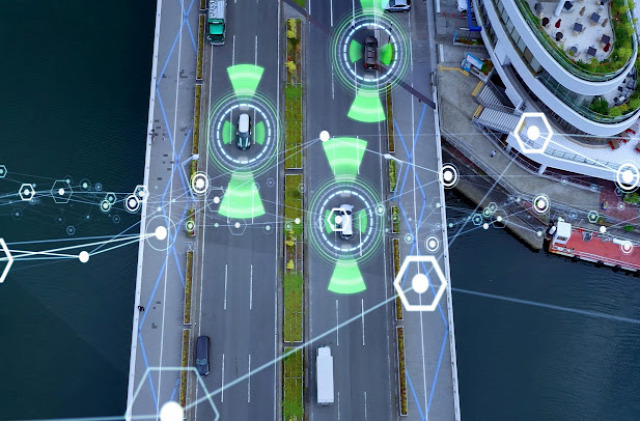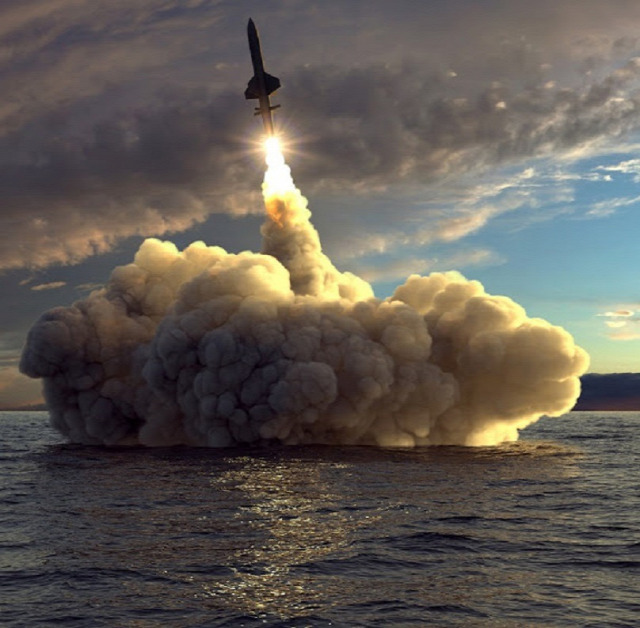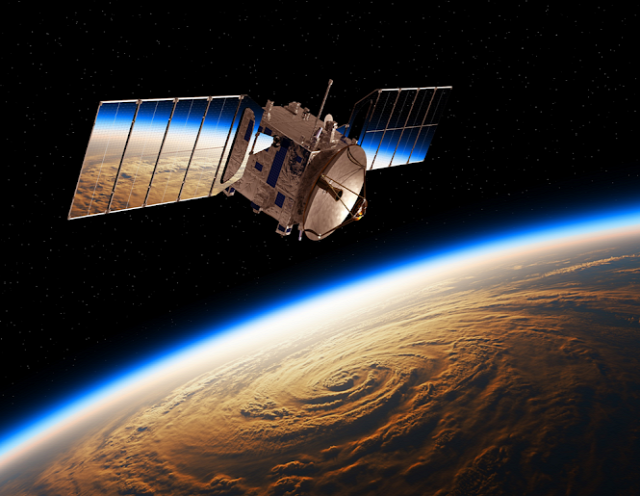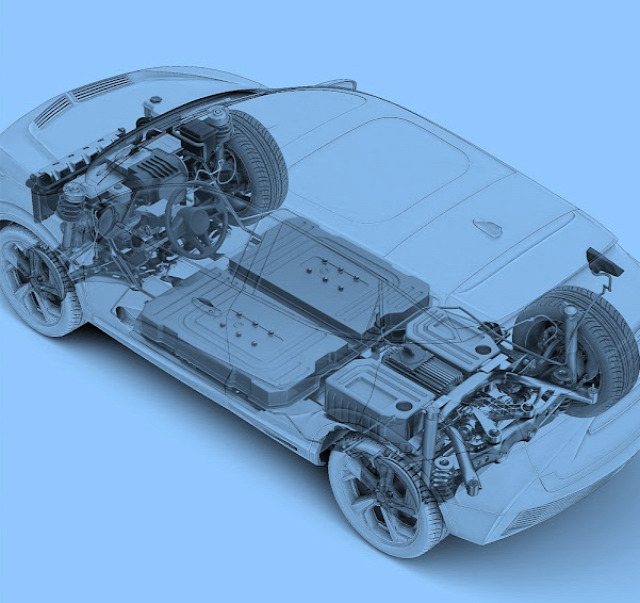
As electric vehicles (EVs) continue to gain prominence in the automotive industry, the need for efficient and reliable cooling solutions becomes increasingly crucial. Immersion cooling fluids are emerging as a game-changing technology, offering a promising avenue for managing the heat generated by EV batteries and power electronics. These innovative fluids submerge vital components in a thermally conductive liquid, dissipating heat more effectively than traditional air cooling methods. By maintaining optimal operating temperatures, immersion cooling not only enhances EV performance but also extends the lifespan of components. With the potential to revolutionize EV thermal management, immersion cooling fluids represent a promising leap forward in the quest for sustainable and efficient electric mobility.
The global immersion cooling fluids market for EVs is projected to reach $3,837.0 million by 2032 from $205.8 million in 2021, growing at a CAGR of 30.78% during the forecast period 2022–2032. The growth in the global immersion cooling fluids market for EVs is expected to be driven by increasing sales of immersion cooling system-fitted electric vehicles worldwide.
Passenger Vehicles Demand for Immersion Cooling Fluids Market for EVs Expected to be Dominant Over Light and Heavy Commercial Vehicles
Application for fluids for electric vehicles is mainly categorized into two types of EVs, i.e., passenger vehicles and commercial vehicles. Production and sales of passenger vehicles are anticipated to be higher than that of commercial vehicles, as more users are rapidly adopting EVs and exchanging their IC engine vehicles for EVs due to their cost efficiency and various government subsidies, among others. The passenger vehicle segment is expected to lead the market as the sales of passenger electric vehicles are anticipated to increase globally.
BEV is Anticipated to Grow at a Significant Growth Rate in the Forecast Period
The immersion cooling fluids market for EVs encompasses three major types of electric vehicles, which are hybrid electric vehicles (HEVs), plug-in hybrid electric vehicles (PHEVs), and battery electric vehicles (BEVs). These vehicle types are present in the form of both passenger and commercial vehicles. While HEV and PHEV models have been present in the market for many years, the development of battery technology, along with government norms for increased vehicle efficiency, has led to an increase in the adoption of BEVs as they are powered solely by the battery systems in the vehicle.
Request A Free Detailed Sample on Immersion Cooling Fluids Market for EVs
The sales of BEVs are anticipated to increase as compared to HEVs and PHEVs due to the decreasing cost of such pure electric vehicles and the development of EV infrastructure in various countries. The rise of BEVs makes it more crucial for automotive OEMs to ensure that the immersion cooling fluids in the EVs are able to optimize the thermal management and driving system.
EV Batteries to Witness Fastest Growth in Global Immersion Cooling Fluids Market for EVs
Due to the rising demand for efficient cooling solutions for batteries used in electric vehicles, it is predicted that the EV batteries market will expand at the fastest rate. The governments of many nations, including China and India, have taken several steps to increase the need for powerful and effective lithium-ion batteries used in electric vehicles. This is expected to fuel the market for immersion cooling fluids, which are used to cool EV batteries.
Single-Phase Coolant to be the Most Lucrative product type in the Immersion Cooling Fluids Market for EVs
The single-phase coolant segment is expected to dominate the immersion cooling fluids market for EVs as it is one of the most efficient and safe methods of controlling heat rejection for EV batteries, EV motors, and power electronics. For instance, companies like Engineered Fluids are the industry leader in the development and manufacturing of application-engineered dielectric cooling fluids for full immersion cooling solutions offering the most efficient, safe, and cutting-edge dielectric coolants.
Europe Expected to Dominate the Immersion Cooling Fluids Market for EVs
Europe is home to a number of immersion cooling fluids manufacturers. The region is expected to dominate the immersion cooling fluids market for EVs during the forecast period. Government regulations, technological advancements, extensive investments for dedicated R&D facilities, and the presence of major EV manufacturing companies are some of the major drivers that are propelling the growth of the immersion cooling fluids market for EVs in the region.
Access Now: Get A Detailed Insights on Electric Vehicle Market Research Reports
Competitive Landscape
To gain market share, major oil and gas companies and lubricant manufacturers are making various kinds of strategic moves. Some key highlights from BIS Research w.r.t. manufacturers of immersion cooling fluids market for EVs are:
-
3M, TotalEnergies SE, Shell, Castrol Limited, the Lubrizol Corporation, and FUCHS are some of the leading players globally.
-
Engineered fluids, M&I Materials, and Dober are some of the emerging private companies.
-
New product launches have been the most preferred strategy in the market.
-
Apart from product launches, expanding business and sealing new partnerships and collaborations are the other strategies being implemented.
-
Most of the players have tie-ups with various EV OEMs and cooling system providers.


